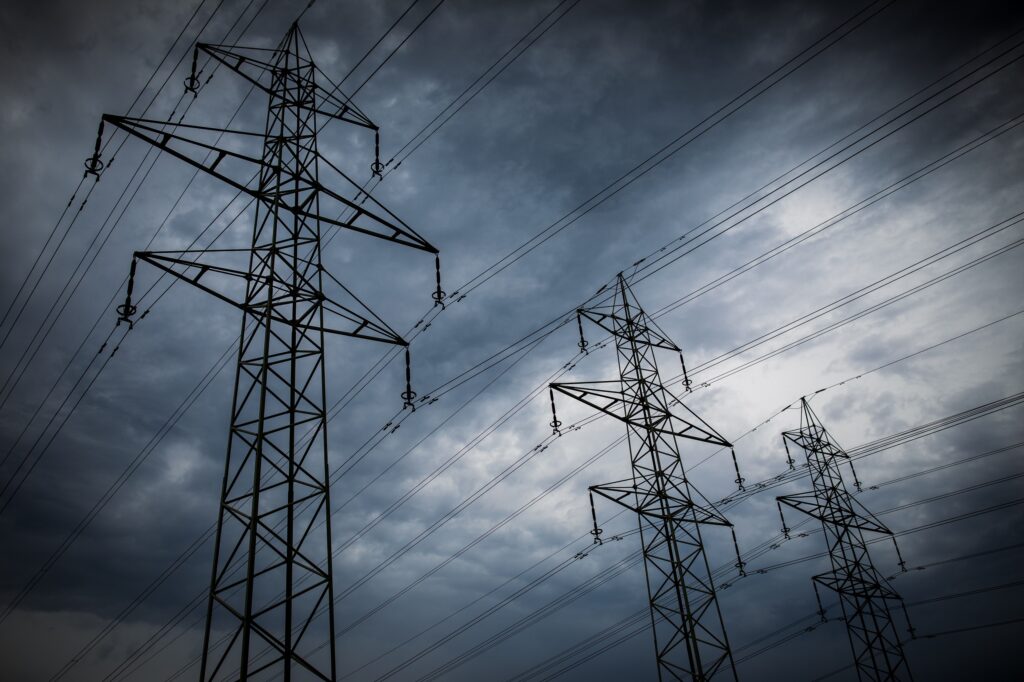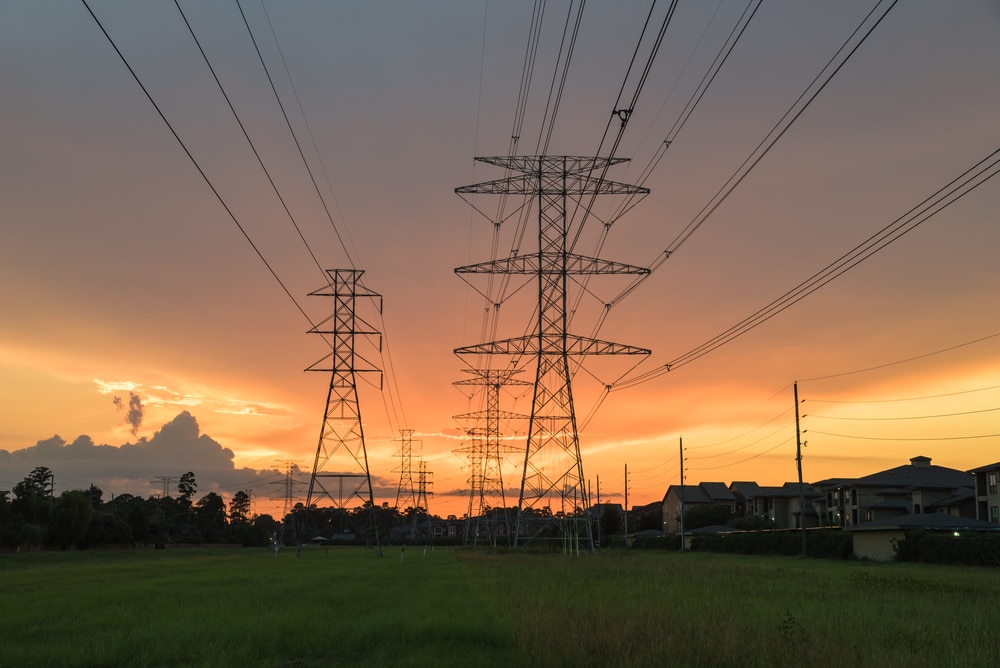Next generation wireless networks need updated regulations
5G promises to dramatically advance the technological frontier. This next generation of wireless connectivity will not only make our smartphones faster, it will open up possibilities for entirely new applications – whether it’s having fun with virtual reality or performing remote surgery.
But for these improvements to be realized, we need make sure regulations keep pace with the evolution of technology. The Federal Communications Commission (FCC) is poised to take a significant step in that direction this week by voting on an order to clarify that fundamental differences in 5G technology mean it will require different regulatory treatment than its predecessors.
The 4G and 3G technology we use today relies mostly on large towers and antennas known as macro cells. Those deployments fall under both the National Environmental Policy Act (NEPA) and the National Historic Preservation Act (NHPA), which require review processes to make sure that deployments don’t have an undue impact on the environment or historical areas. These review processes, however, don’t make much sense for the small cells that will play a crucial role in the deployment and operation of 5G.
As the name implies, small cells are much smaller than those huge cell towers along the roadside. Often times they are no bigger than a shoe box or a gallon milk jug. And instead of being attached to new towers, small cells are often placed on existing structures like buildings or utility poles.
In short, small cells don’t have the same environmental or historical impact as macro cells and, therefore, the need for review is diminished. Nevertheless, these review processes are still required by FCC rules and pose a significant barrier to cell deployment. A recent Accenture Strategy report found that NEPA and NHPA reviews imposed average additional costs of $9,730 per small cell. Over 200,000 of these new small cells will be needed to fully deploy 5G networks in the next few years, and they will be subject NEPA and NHPA review. That means the old rules present a $2 billion-plus hurdle to next-generation wireless services.
The FCC is poised to exempt small cells from these review processes. This is a sensible change because, aside from and despite their outsized cost, NEPA and NHPA reviews virtually never find fault with small cell deployments.
Sprint, for example, recently needed to undergo NEPA review for 250 deployments. Not one of them found a significant environmental impact. This is the predictable outcome of small cell deployments that are attached to existing structures or built on land that has already undergone prior review. Adding a small cell doesn’t make much of a difference, so the NEPA rules create onerous costs without doing much to protect the environment.
The same is true of NHPA reviews. Over 99 percent of the time, these reviews result in no changes because there was no significant historical impact. These reviews more often function as a revenue source for tribal groups that exploit the law for an unintended purpose. Tribal review isn’t required if someone wants to put up a billboard or a flagpole. The fact that a similar, or likely even less-disruptive, structure may have a radio attached is not a good reason to demand exorbitant fees.
Similarly, NHPA review isn’t required for Wi-Fi networks, but cell networks incur the burdensome review requirements simply because they use different spectrum bands. The spectrum that a radio uses makes no difference in its historical impact, so requiring additional assessment on that basis is nonsensical.
In addition to the review exemptions for small cells, the FCC order would make modest changes for traditional macro cell deployments. Rather than exempting larger deployments from NEPA and NHPA review entirely, the order would establish greater clarity and more-predictable timelines for those processes. Establishing deadlines is essential to speeding up processes that can drag on for well over a year. The order would also eliminate the need to review towers solely because they are located in floodplains, as long as they are deployed high enough off the ground.
The technological possibilities of tomorrow depend on getting the regulations right today. The FCC is right to exempt small cells from review processes intended for much larger deployments. Removing these regulatory barriers and accelerating deployment will be critical to ensuring that the United States leads the way in 5G.
Image credit: chombosan







